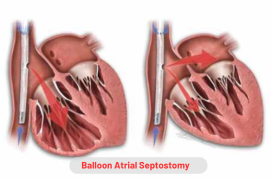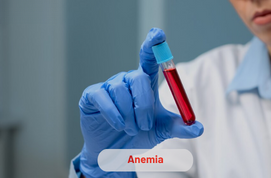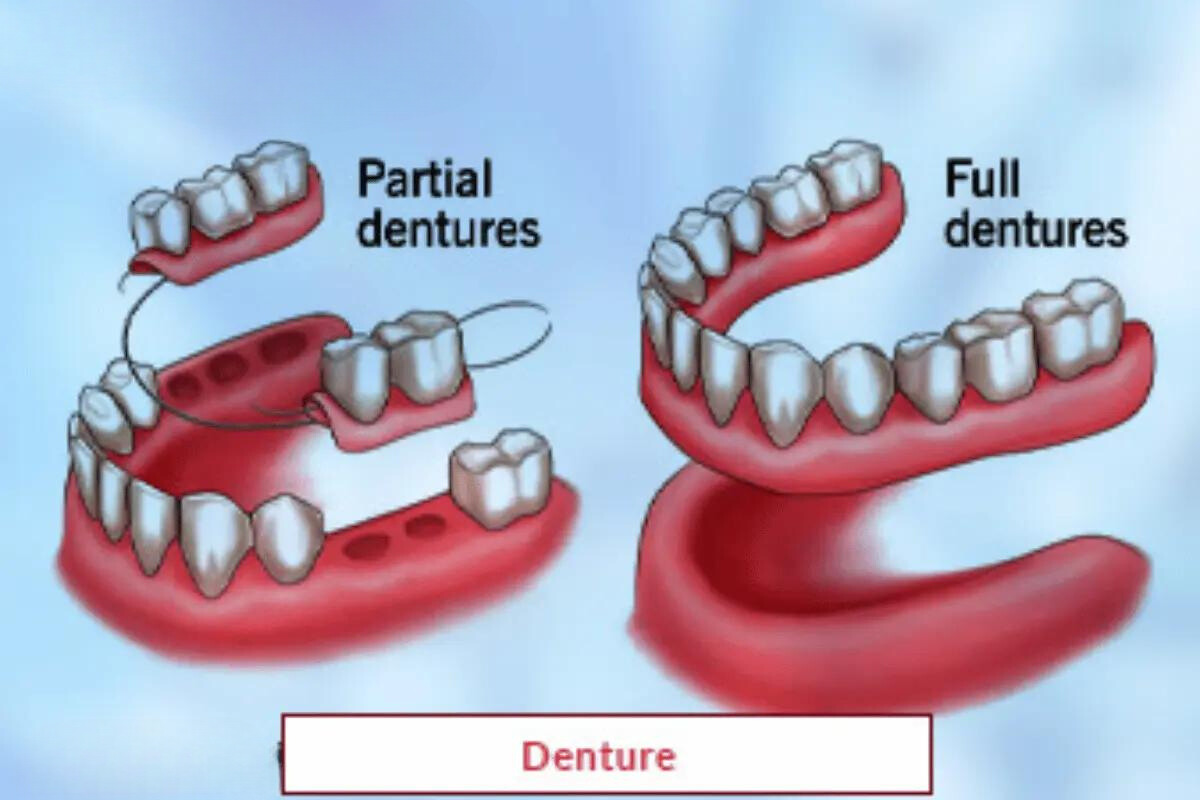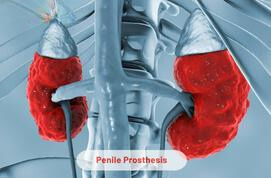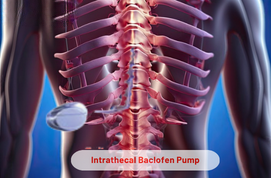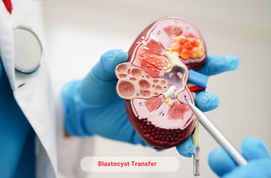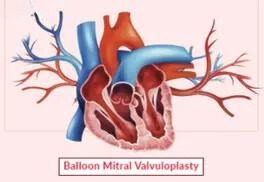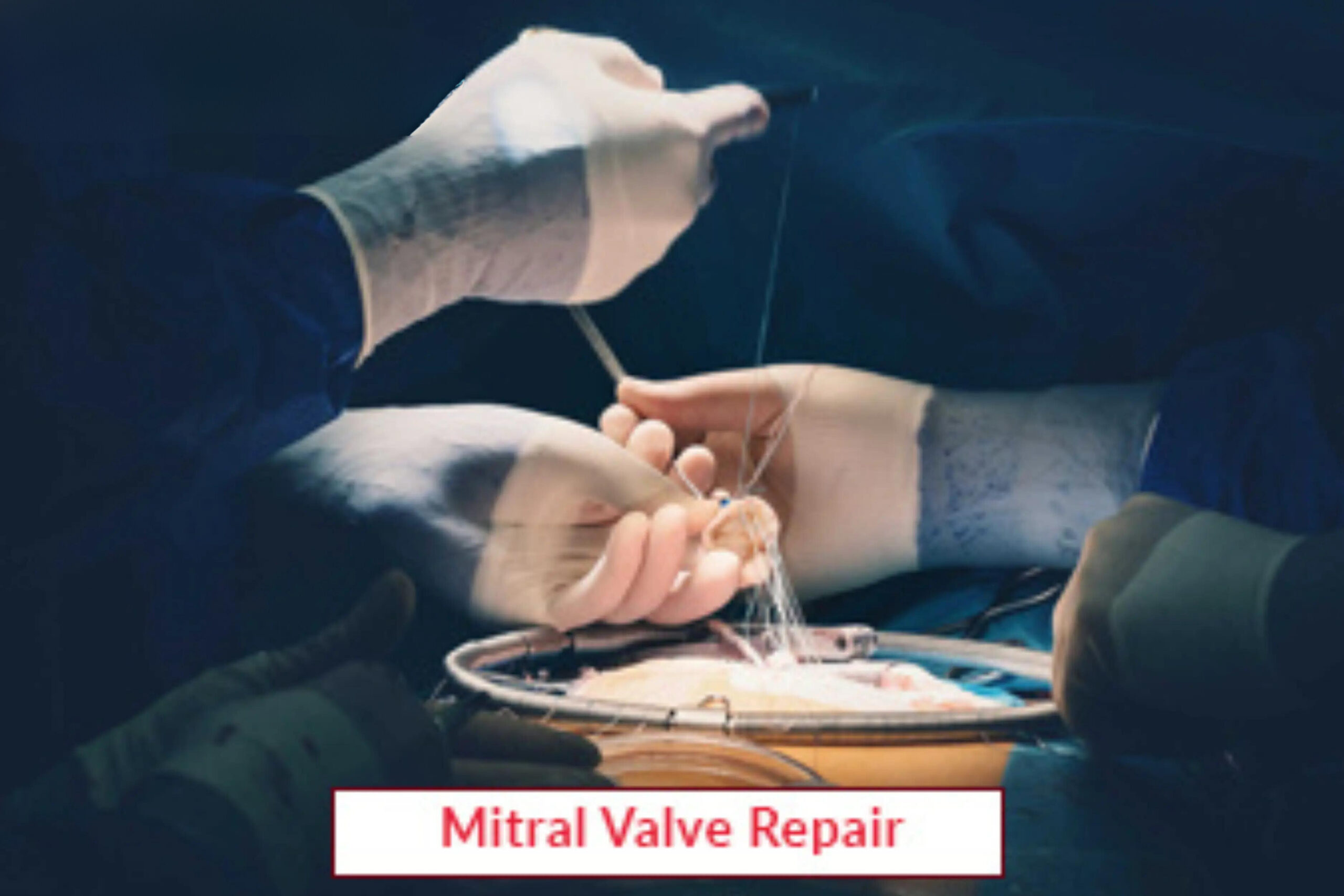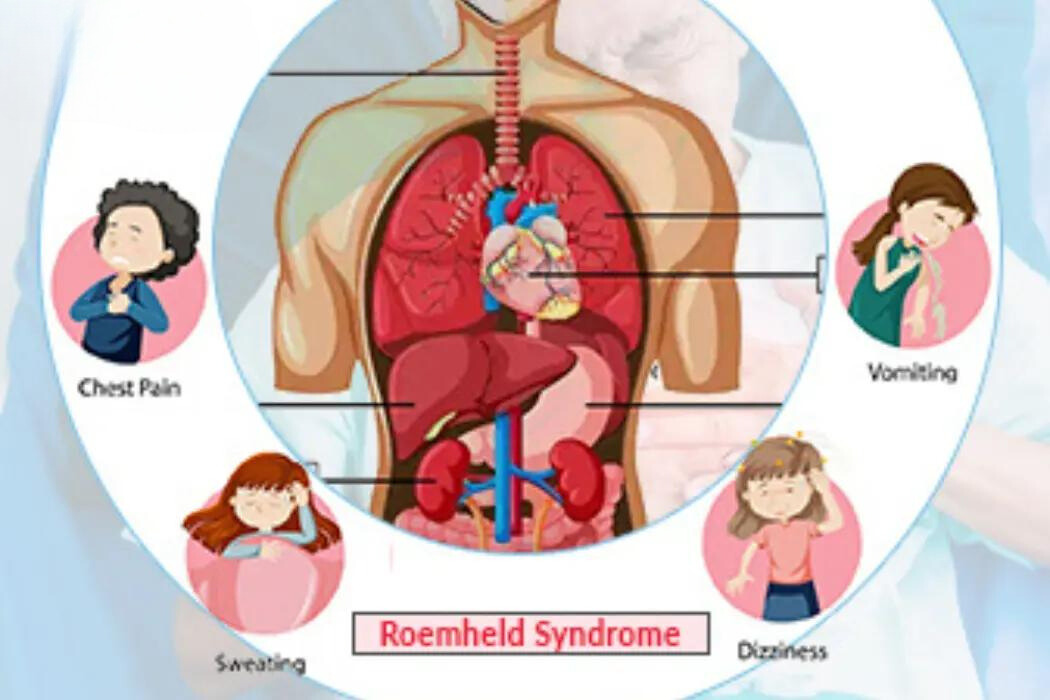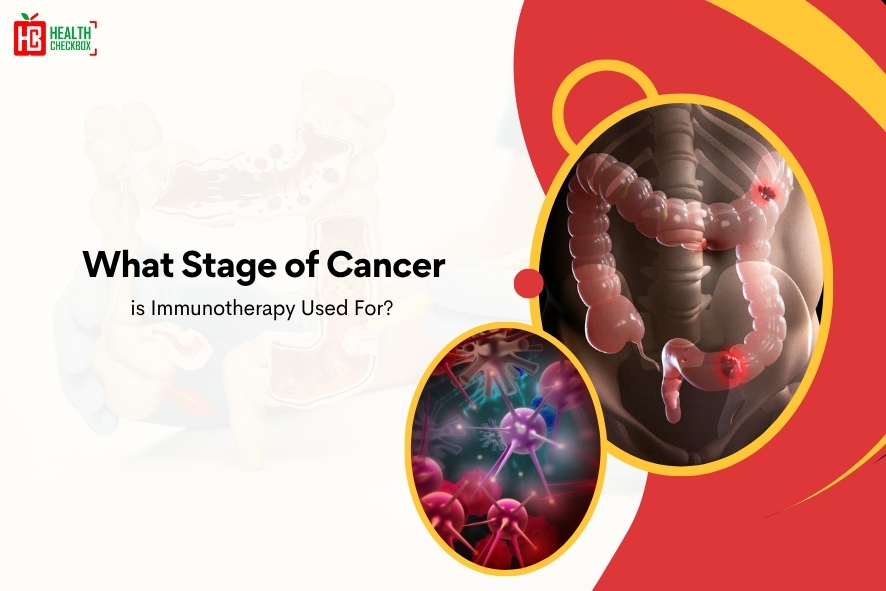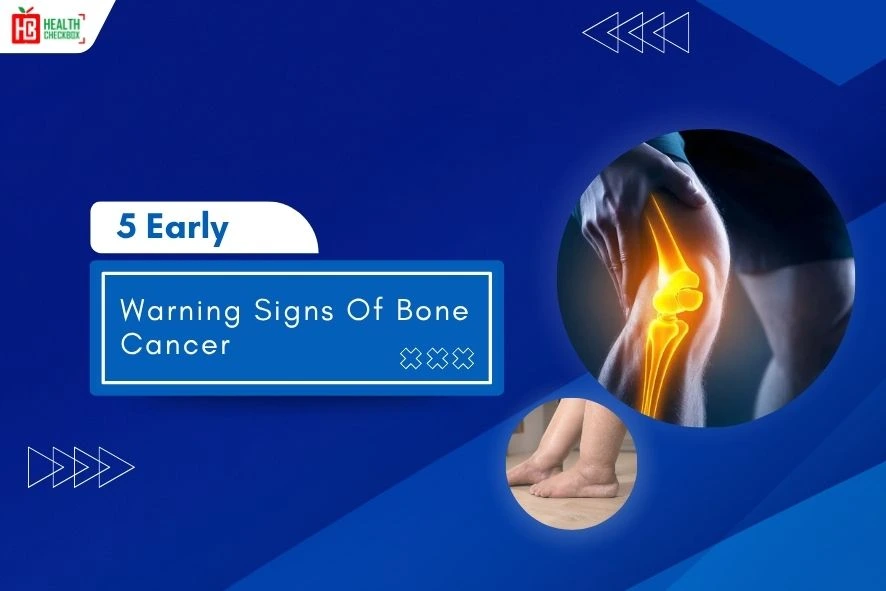Congenital heart defect is a rare condition, which affects millions of babies in the world. This problem occurs due to improper development of cells in the heart. It creates trouble in breathing and can cause poor circulation of blood in babies. This health condition also leads to chest tightness or heart murmuring in them. If left untreated, it becomes dangerous for babies’ health.
The problem can be treated through a balloon atrial septostomy. It is a surgical procedure, which improves the circulation of blood in babies. This surgery can be performed through a thin and flexible device named balloon-tipped catheter. It is not only beneficial for proper circulation of blood but also alleviates symptoms like breathing problems, chest pain etc. This surgical procedure is mainly performed by a heart specialist or a cardiologist. Its other name is Rashkind procedure.
Types of Balloon Atrial Septostomy
This surgery is of two kinds. These include the following:
- Miller Balloon Atrioseptostomy: A cardiologist performs this surgery through a special balloon catheter named Miller balloon. It is recommended for the transposition of the great arteries in male and female babies.
- Z-5 Balloon Atrioseptostomy: It can be performed by placing a Z-5 balloon between the upper chambers of the heart.
Benefits
The advantages of this surgical method are as follows:
- It is a safe and effective procedure for babies, which improves their quality of life.
- This method improves the circulation of blood and oxygen-level in infants.
- It provides relief from symptoms associated with congenital heart defects in babies.
Risks and Complications
This treatment approach also leads to several risks as other surgeries. These are as follows:
- Cardiac tamponade
- Clotting of blood
- Damage in heart valve or blood vessel
- Transient intracardiac thrombus
- Bleeding and Infection
- Atrial flutter
- Sinus bradycardia
- Cardiac perforation
- Supraventricular tachycardia
- Heart stroke
Procedure
Before Procedure
The following things can happen before the surgical procedure. These are as follows:
- A parent or a family member is suggested to visit a healthcare department with their child and consult with a cardiologist and an anesthesiologist about the surgical procedure.
- The consent form should be given to an individual, which must be signed in the medical center.
- A healthcare professional reviews the medical history to check the overall health of a baby. He or she will then perform a physical exam to identify the potential signs and symptoms associated with congenital heart defects.
- The blood tests are conducted for the evaluation of patient’s blood and preparation of blood products. This helps to identify the security of a patient during the surgical procedure.
- A chest X-ray is performed to determine the abnormalities of the heart and lungs.
- The imaging tests are conducted to identify the shape, size and location of a defect in the heart.
- An electrocardiogram test is performed for the detection of abnormal heart rhythms.
- A healthcare professional conducts an echocardiogram test to check the flow of blood in the heart. This diagnostic procedure is also recommended to identify whether a heart’s valve is working properly or not.
During Procedure
The steps that can be performed during the surgical procedure are as follows:
- A healthcare provider provides general anesthesia to a baby through an intravenous injection.
- The small and flexible device named catheter is to be inserted into the baby’s heart. A cardiologist may use some imaging technologies to guide this equipment in the healthcare department.
- A small balloon is placed at the tip of the catheter to create a small incision between the upper chambers of the heart. It is mainly essential for proper circulation of the blood.
- The balloon started inflating and created a large opening between the chambers.
- A surgeon deflates the balloon and removes the catheter from the heart. He or she then closes the incision through surgical staples or stitches.
After Procedure
A parent or a family member must stay in the hospital with their child for a few days. The blood pressure, heart rate and oxygen-level of a baby should be monitored into a recovery room.
A child’s family member must attend the regular follow-up appointments after the surgery. He or she must contact a relevant doctor if their child is suffering from fever or other health complications after the surgery.
What Conditions can be treated through this Surgery?
A healthcare professional recommends this surgical procedure for the management of certain health conditions. These are as follows:
- Tricuspid atresia
- Atrial septal defect
- Dextro-transposition of the great arteries
- Hypoplastic left heart syndrome
Babies suffering from severe right ventricular failure or low-weight infants are not suggested for this surgery. A parent or any family member must consult with a relevant doctor for the management of these health conditions.
Latest Health Tips
Can Immunotherapy Cure Stage 4 Lung Cancer?
Early Signs of Cervical Cancer
Foods that Kill Cancer: Leafy Vegetables, Grains, & More
What Stage of Cancer is Immunotherapy Used For?
Which is Worse for Cancer, Sugar or Alcohol?
Vaccines That Prevent Cancer
What Kills Cancer Cells in the Body Naturally?
5 Early Warning Signs of Bone Cancer
Submit Your Enquiry
Testimonials








